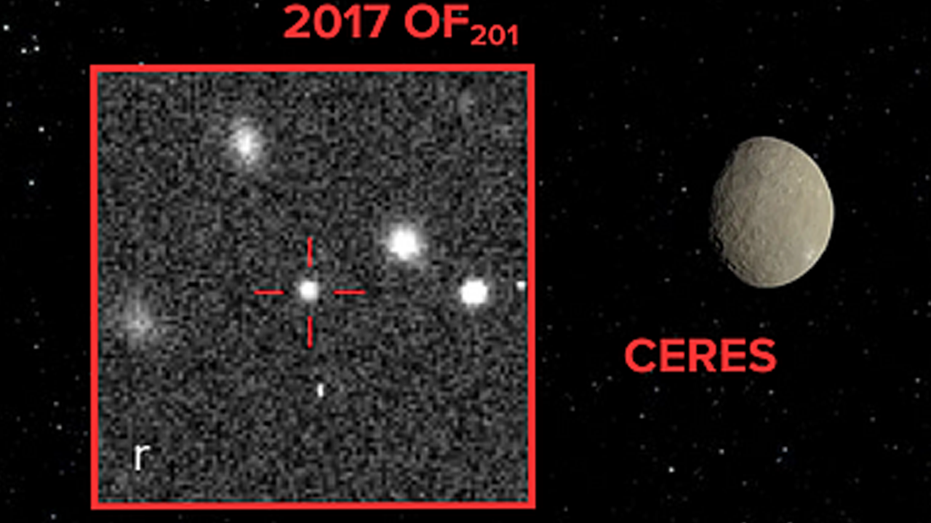New Dwarf Planet Discovery Challenges Existing Theories of a Hidden Massive Planet in Our Solar System

Exciting Discovery of a Potential New Dwarf Planet
Researchers at the Institute for Advanced Study’s School of Natural Sciences in Princeton, New Jersey, have potentially identified a new dwarf planet, which could provide valuable insights into the mysterious outer reaches of our solar system. This finding may also lend additional support to the hypothesis of a large, unseen planet—often referred to as Planet Nine—that influences the orbits of distant celestial bodies.
Uncovering an Unusual Trans-Neptunian Object
The team announced their discovery of a trans-Neptune object (TNO), designated 2017OF201, located beyond the icy and largely unexplored Kuiper Belt. TNOs are minor planets that orbit the Sun at distances greater than Neptune, and their study helps astronomers understand the architecture of the outer solar system.
What Makes 2017OF201 Stand Out?
While many TNOs are known, 2017OF201 is remarkable due to its considerable size and highly elongated orbit. Its discovery was made possible through advanced computational techniques that analyzed its unique trajectory across the sky. According to Sihao Cheng, one of the lead researchers, “The object’s aphelion—the furthest point from the Sun—is over 1,600 times Earth’s orbital distance, while its perihelion—the closest approach—is about 44.5 times Earth’s orbit, similar to Pluto’s orbit.”
Implications of Its Orbit
With an orbital period of approximately 25,000 years, 2017OF201’s path suggests it experienced gravitational interactions with a massive planetary body in the past. Eritas Yang speculates that the object may have had close encounters with a giant planet, leading to its current distant orbit. Cheng also suggests that its migration might have involved multiple steps, possibly first being ejected to the distant Oort Cloud and then pulled back inward by gravitational forces.
Reevaluating the Outer Solar System
This discovery has significant consequences for our understanding of the solar system’s structure beyond Neptune. Previously, astronomers believed the region beyond the Kuiper Belt was largely empty, but 2017OF201’s presence indicates that this area may be more populated than previously thought.
The Search for Planet Nine
Since 2016, astronomers Konstantin Batygin and Mike Brown from Caltech have proposed the existence of a Neptune-sized planet—often called Planet Nine—that could explain the peculiar orbits of some distant objects. However, despite extensive searches, no direct observation of such a planet has been confirmed. The theory suggests that Planet Nine could be up to ten times more massive than Earth and orbit at a distance that is roughly 30 times farther from the Sun than Neptune, taking between 10,000 and 20,000 years to complete a full orbit.
Challenging Existing Assumptions
Until now, the region beyond the Kuiper Belt was thought to be largely devoid of significant objects. The discovery of 2017OF201 challenges this notion, implying that the outermost parts of our solar system may be more complex and dynamic than previously believed. According to Cheng, only about 1% of 2017OF201’s orbit is currently observable, highlighting how much remains to be explored in these distant zones.
The Future of Outer Solar System Exploration
Despite advancements in telescope technology, much of the outer solar system remains a mystery. Continued observations of objects like 2017OF201 could provide crucial clues about the existence of unseen planets and the history of our solar system’s formation. NASA and other space agencies remain optimistic that ongoing and future missions will shed light on these distant regions, revealing new worlds and refining our cosmic models.


